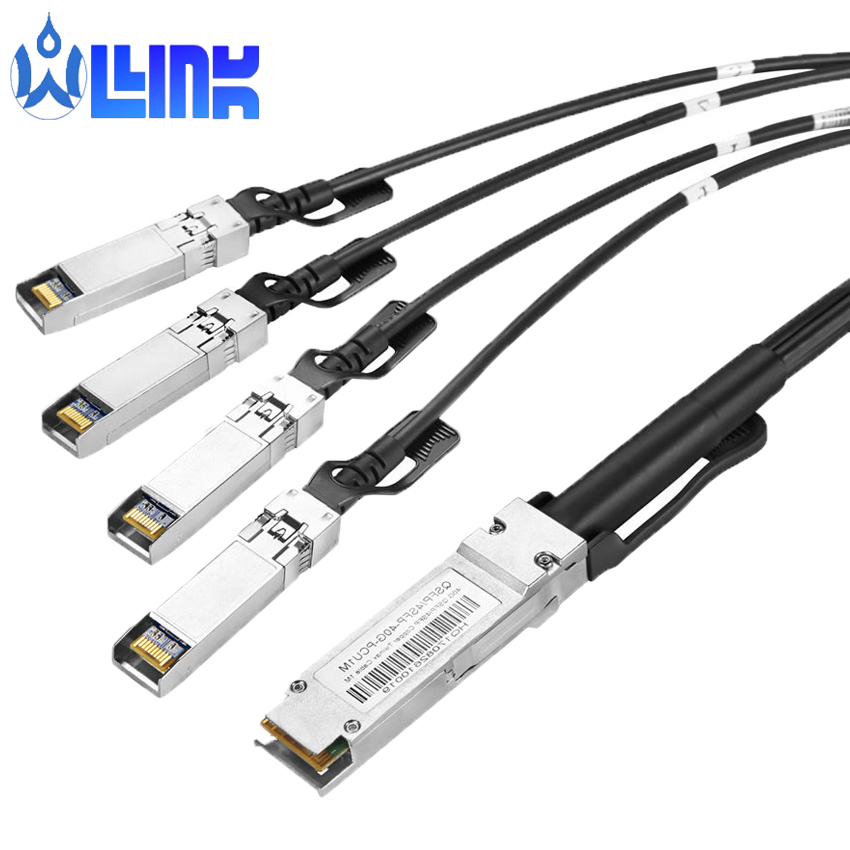Application range of optical modules
At present, optical modules are often employed in Internet data center networks, metro optical transmission networks, telecommunications networks represented by 5G bearer networks, and high-definition video. There are two standard optical modules. One is a GBIC fiber optic module, and also the other is an SFP fiber optic module. SFP module may be a reasonably optical module (small size pluggable small package module), smaller than the GBIC module. It's the event of GBIC optical modules designed to adapt to high-density ports, with port rates starting from 100 meters to 2.5Gbps. Both modules support hot swap.
There are many forms of optical fiber connectors, that is, the fiber connectors connected to the optical module, and there's no interoperability between them. Folks that don't usually touch glass fibers will think that GBIC and SFP modules' optical fiber connectors are identical, but after all, they're not. The GBIC is connected to the SC fiber optic connector, and also the SFP module is connected to the LC fiber optic connector.
The following may be a detailed description of several commonly used glass fiber connectors in network engineering:
Fiber Channel Type Fiber Optic Connector: FC is the abbreviation of ferrule connector, which suggests that the external reinforcement method could be a metal sleeve and the fastening method could be a turnbuckle. The mating end face of the ceramic pin employed in the FC type connector could be a flat contact method (FC). This sort of connector is straightforward in structure, convenient to work, and straightforward to manufacture. Still, the fiber end is extremely sensitive to dust, which can cause some interference within the transmission of the connector, and it's at risk of Fresnel reflection. The return loss performance is difficult to enhance. We discussed and improved this sort of connector through internal engineering meetings. By adopting spherical butting pins (PC) without changing the external structure, the price of insertion loss and return loss performance was reduced.

SC type glass fiber connector could be a connector for connecting GBIC optical module. The housing is rectangular, and therefore the structural dimensions of the pins and coupling sleeves used are precisely the same as those of the FC type. The tip faces of the pins are mostly PC type or APC type polished; the fastening method is bolt type and doesn't rotate. This type of connector is affordable, easy to plug and unplug, has small insertion loss fluctuation, high compressive strength, and high installation density. ST-type glass fiber connectors are commonly utilized in glass fiber distribution frames, and therefore the outer shell is round. The structural dimensions of the pin and the coupling sleeve are precisely the same as those of the FC type, and also the end faces of the pins are polished mainly by the PC type or APC type. The fastening method may be a turnbuckle.
The LC fiber optic connector could be a connector for connecting the SFP module. It's manufactured from a modular jack (RJ) latch mechanism and is straightforward to work. The scale of pins and sleeves utilized in this connector is 1.25 meters, half ordinary SC and FC, which improves the density of optical fiber connectors in optical distribution frames. Purpose: Suitable for various digital and analog transmission systems. It's suitable for fiber optic cable television receivers, and its characteristics are just like 15PD or 39PD.
What is the difference between CWDM optical module and the DWDM optical module? CWDM optical modules mainly follow the rapid climb of Internet IP data services, and also, the demand for cable bandwidth will increase. Although Dense Wavelength Division Multiplexing (DWDM) optical module technology is an excellent method to resolve the matter of line bandwidth expansion, CWDM optical module (coarse wavelength division multiplexing) technology is best than DWDM optical modules in terms of system cost and maintainability. Advantages. Both CWDM optical modules and DWDM optical modules belong to wavelength division multiplexing technology, which may couple light of various wavelengths into a single-core optical fiber for transmission together.